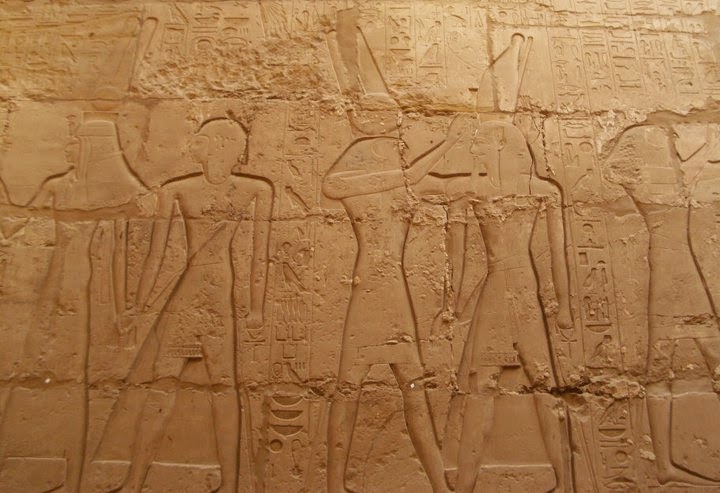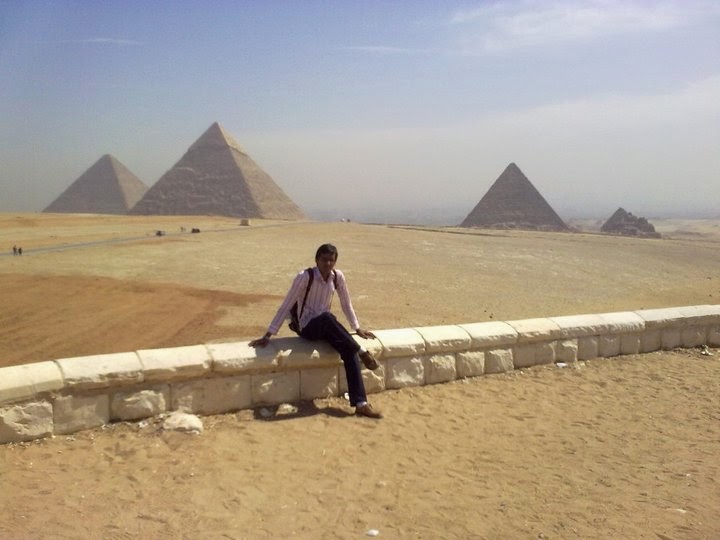THE LIFE OF AN INTERN
The
following is the text of the Valedictory Speech
delivered by Danish Henry
at the 12th
Post Graduate Medical Education Graduation Ceremony, 2012
at
The Aga Khan University Hospital in Karachi
The Chief Guest, Chairman, Board of Trustees, Dean, respected
faculty, learned fellows, exhausted residents, ‘bacharay’ interns, ladies and gentlemen, good evening!
 This day marks the completion of a journey that began not so
long ago. Let me give you a glimpse of what it means to be intern. It all used to start with being on-call and
end with being post-call. Anything and everything in between is what we call
life. The evening was spent waiting, not for another episode of “Ishq-e-Mamun”, but for the chief to
round, who would always assures to be there in 5 minutes. We were bombarded
with pages, few genuine and many bogus. “ap
nay paracetamol enter ki, patient ko day do”, I reply, “nahi sunga do”. Another page, “Doctor
Danish, mariz chair pe bethna chah raha hai”. I say yes and “aa kay orders likh day”. There are
orders for everything, even for patients to scratch their heads. A rough voice
exclaims, “Urology intern, come to the counter, outside call for you”. I take
the call, “dactor saab, mariz kay peeshab
mein khoon aa raha hai, koi tablet bataye”. I ask, “mariz kaha hai?” “woh to Dubai mein hai”. Getting back to work, I generate
a consult and I am advised to send CBC, BUN, creatinine, electrolytes, PT/APTT,
blah blah blah… and a blood culture stat.
Then comes dinner. Our chefs have
the distinction of keeping the taste same, no matter what is cooked, don’t
worry, today is an exception. The rest of the night is spent drawing blood
like a vampire and patients do not lose a nanosecond to tell you “weakness bohat hai, koi teeka laga dey’,
as if though we keep a stock of Red Bull, which will give them wings. This is
just the tip of the iceberg, in some rotations, the number of pages per minute is
more than our respiratory rate. These pagers are like a complaining wife. You
are to listen to her and you cannot leave her. The next day is kicked off with
the grand round, where you can easily locate post-caller sleeping and many
attendings emailing.
This day marks the completion of a journey that began not so
long ago. Let me give you a glimpse of what it means to be intern. It all used to start with being on-call and
end with being post-call. Anything and everything in between is what we call
life. The evening was spent waiting, not for another episode of “Ishq-e-Mamun”, but for the chief to
round, who would always assures to be there in 5 minutes. We were bombarded
with pages, few genuine and many bogus. “ap
nay paracetamol enter ki, patient ko day do”, I reply, “nahi sunga do”. Another page, “Doctor
Danish, mariz chair pe bethna chah raha hai”. I say yes and “aa kay orders likh day”. There are
orders for everything, even for patients to scratch their heads. A rough voice
exclaims, “Urology intern, come to the counter, outside call for you”. I take
the call, “dactor saab, mariz kay peeshab
mein khoon aa raha hai, koi tablet bataye”. I ask, “mariz kaha hai?” “woh to Dubai mein hai”. Getting back to work, I generate
a consult and I am advised to send CBC, BUN, creatinine, electrolytes, PT/APTT,
blah blah blah… and a blood culture stat.
Then comes dinner. Our chefs have
the distinction of keeping the taste same, no matter what is cooked, don’t
worry, today is an exception. The rest of the night is spent drawing blood
like a vampire and patients do not lose a nanosecond to tell you “weakness bohat hai, koi teeka laga dey’,
as if though we keep a stock of Red Bull, which will give them wings. This is
just the tip of the iceberg, in some rotations, the number of pages per minute is
more than our respiratory rate. These pagers are like a complaining wife. You
are to listen to her and you cannot leave her. The next day is kicked off with
the grand round, where you can easily locate post-caller sleeping and many
attendings emailing.
Our internship has been a wholesome learning experience. Long-working
hours stiffened our spirits and made us resilient. Cut-throat deadlines turned
out to be capacity building measures. There were times when all motivations run
dry and fatigue took charge. There came a point where we all realized the value
of maintaining ties to the world. Then I came across a placard. It said, “This too
shall pass.”
 |
| Valedictory Speech Click by The Aga Khan University Hospital |
A journey that we embarked 353 days back, not that we are
counting, is on the verge of completion. It has been a journey of energy and
endurance, of dressings and discussions, of ORs and OPDs, of long weekends and
weekend calls, of late night sampling and early morning rounds. I call it a journey of metamorphosis.
We started off as young graduates bubbling with knowledge and enthusiasm and we
are graduating as smarter doctors who know that extraordinary results require
extraordinary efforts. We
are prepared to move on and bear the tremendous responsibility of being a doctor.
Let us promise, to ourselves, that we will never forgo AKU values.
While we take pride in what we have achieved, we do this with
humbleness and humility. We acknowledge the contributions made by the AKU
fraternity, our families and our friends. We share our success with them. We appreciate
those who encouraged us. We also realize that criticism strengthened us, and
made us a better doctor, a better person. We owe thanks to the faculty, who
guided us and corrected what we wronged. To fellows and residents who helped us
with learning. We have had our agreements and disagreements. But there was
always a moment to celebrate, happiness to share and a memory to cherish.
To our parents, words fail to describe their affection and
commitment for us. But more importantly to our patients, who brave the miseries
of life, teach and trust us. Let us seek inspiration from their lives. Let us reflect on our current practices and
renew our commitment to provision of healthcare we would expect for ourselves.
My felicitations to graduating interns, for having suffered,
o sorry!, survived this challenging and happening year. We have forged many life-long friendships. I
wish you all the best in your future endeavors. May we go forth to prevail!
 |
| Graduating Interns of 2012 |









































